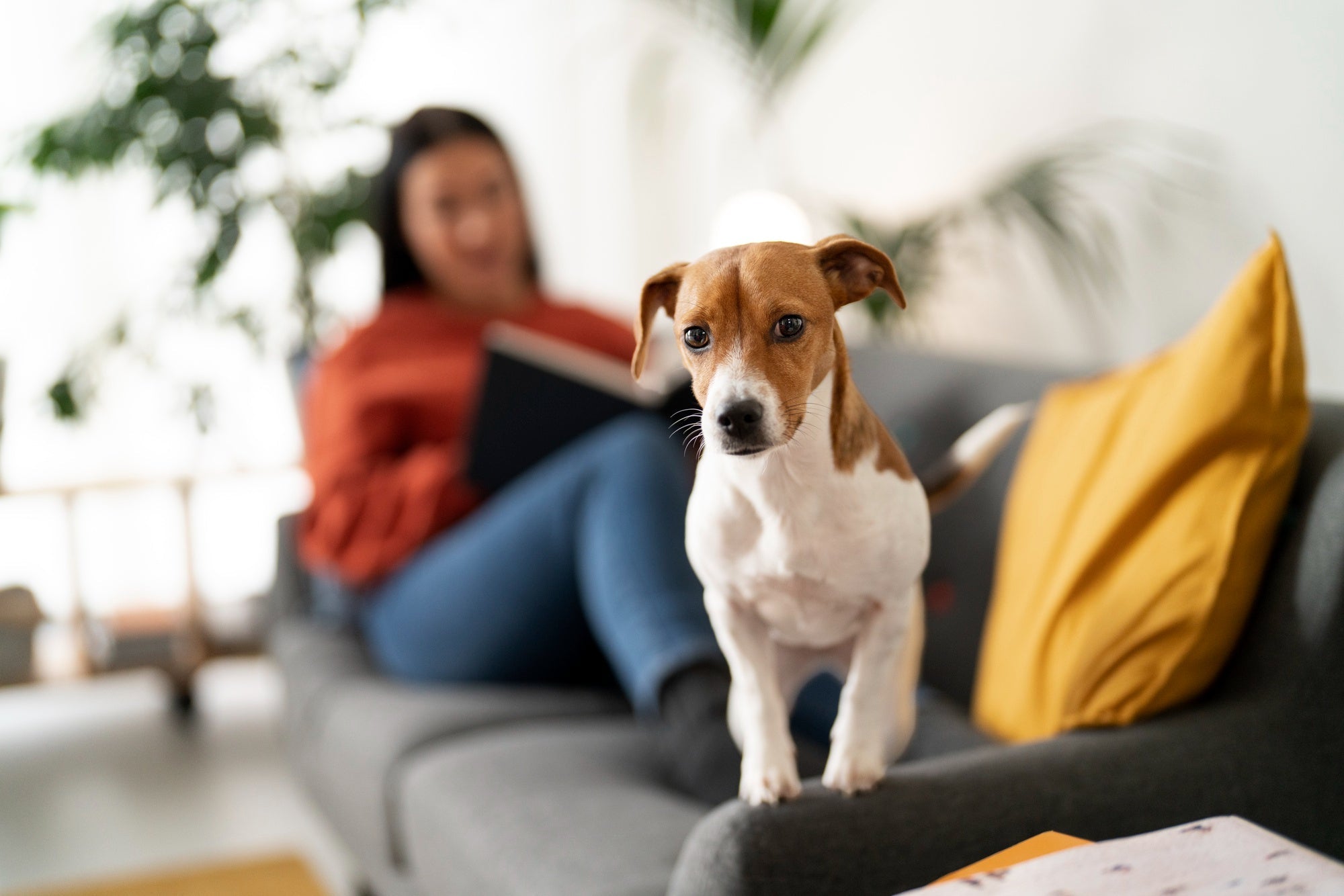
- by Dr.Thilo Senst
Dog-Proofing 101: Creating the Ideal Dog Safe Place For Your Pet
- by Dr.Thilo Senst
This site uses cookies for better user experience and analytics.

So, you’ve finally decided to embrace your inner magician and transform your home into a dog safe place—one where your loyal companion can’t destroy every shoe you own or redecorate the sofa using only drool and fur. Excellent choice, dear dog parent. In this light-hearted guide, we’ll walk through everything you need to know about dog-proofing your home in the UK. Expect funny analogies, stats from reputable sources, helpful charts, and an FAQ to calm those burning questions.
Grab a cuppa (or whatever beverage fuels your day), and let’s get cracking on creating the perfect dog safe place for your furry best friend!
Short Answer: A dog safe place is a specific area of your home designed so your pup can relax, sleep, and generally stay out of trouble.
Long Answer: Think of it as your dog’s personal clubhouse—except instead of top-secret handshakes and questionable snacks, it features cosy bedding, chew toys that won’t destroy your wallet, and an environment free from random hazards (electrical wires, anyone?). It’s the ultimate comfort zone for your four-legged friend, giving them:
A well-thought-out dog safe place is the difference between a content pup and one who attempts to reupholster your sofa in the style of “shredded chaos.” Let’s keep them content, shall we?
Perhaps you’re thinking, “My dog seems happy enough bounding around the house like a furry tornado.” True, but is your house equally pleased about the arrangement? Probably not. Here’s why you might want to consider setting up a dog safe place:
Avoid Vet Emergencies
Protect Your Décor (and Your Sanity)
Reduce Anxiety & Stress
House Training
Essentially, dog-proofing is about mutual respect: you respect your dog’s need for space and their safety, and in return, they (hopefully) respect your sofa and don’t chew it to bits.
We Brits do love our data (and dogs, obviously). A few figures to note:
In short, you’re not alone if your house is currently more “pup-advised hazard zone” than “manicured doggy haven.” Let’s fix that!
Imagine your dog is a busy executive who’s had back-to-back Zoom calls (barking instructions, obviously). Now, they need a chill-out zone—something akin to a spa, minus the cucumber slices. That’s what a dog safe place is all about.
This “Zen Den” vibe keeps them blissfully unaware of life’s drama (like the neighbours’ cat or the door-to-door salesperson). It’s an oasis where everything is dog-friendly:
Yes, it’s your dog’s personal spa-cation area—just without the stiff spa robe or your Aunt Mildred’s fancy tea set.
When constructing your dog safe place, think of it like making the perfect cup of tea: it’s all about the right ingredients and proper timing. Here are the must-haves:
A dog in a contained, comfortable area is far less likely to treat your curtains like a personal chew toy or your brand-new handbag as a plushie.
Giving your dog a room (or corner) of their own teaches them it’s okay to chill out solo. This can help with separation anxiety and fosters confidence—especially in puppies or rehomed dogs.
House training often becomes easier, as dogs generally dislike soiling their “den” area. It’s akin to you politely refusing to eat a meal in a bathroom—some lines simply aren’t crossed.
Parties, vacuuming sprees, or fireworks nights can stress pups out. Having a dog safe place means you can gently guide them to a quieter zone, letting them avoid the hustle and bustle.
There’s real freedom in knowing your dog is safe from potential hazards. No more constant scanning of the house, wondering what they might be up to.
Think of your home as a giant puzzle board. Each piece fits together to form something cosy, but if your dog’s piece is missing, the puzzle is incomplete (and your dog might be running amok). By designating a dog safe place, you’re locking in that puzzle piece.
It’s your dog’s own bit of the bigger picture—a corner brimming with creature comforts, while the rest of the house remains (sort of) tidy and safe. In that sense, creating a dog-friendly nook is like completing the ultimate jigsaw of domestic harmony—only with more fur and far fewer pieces to lose under the sofa.
1. Make It Smell Like You
Toss an old T-shirt in there (one you’re okay with eventually smelling like dog drool). Your scent can be comforting, especially for new or anxious pups.
2. Reward Good Behaviour
Want your dog to love their dog safe place? Shower them with treats whenever they go in willingly. Positive associations go a long way.
3. Layer Up
Use multiple blankets or an extra dog bed if you have space. Dogs can shuffle them around to create their own nest. (Bonus: you can hide the occasional treat beneath the blankets, making the area more enticing.)
4. Pay Attention to Temperature
Keep it neither too cold nor too hot. A dog panting like a steam engine isn’t going to chill out, no matter how plush their bed is.
5. Rotate Toys
Just as children get bored with the same ol’ teddy, dogs appreciate novelty. Swap out toys to keep that spark alive without messing up your dog safe place aesthetic.
6. Be Patient
Puppies, rescues, and older dogs may take time to adjust. They might look at that new dog bed and think, “Where’s my old corner of chaos?” Gradual, positive reinforcement is key.
Q1: Can I use a crate as my dog safe place?
A1: Absolutely! Crates, when introduced positively (with treats, soft bedding, and zero pressure), can become a beloved den. Make sure the crate is big enough for your dog to stand, turn around, and stretch.
Q2: My dog hates being confined. How do I fix this?
A2: Start small. Let them investigate the area or crate at their own pace. Offer high-value treats only inside the space. Eventually, they’ll connect the dots: “Ah, stepping inside = treat fiesta. Sold!”
Q3: What if my dog prefers the sofa over their safe spot?
A3: Let’s be honest: sofas are comfy. However, gently guide them to their designated area at bedtime or when you’re not around. Consistency is everything.
Q4: How often should I wash their bedding?
A4: Aim for once every 1-2 weeks, or more often if Fido has a penchant for rolling in “mystery muck” on walks.
Q5: How do I handle fireworks or storms?
A5: Prep the area in advance—add cozy blankets, calming music, and a favourite toy. Some dogs even appreciate a covered crate to reduce visual stimulation.
Q6: Can older dogs learn to use a safe place?
A6: You bet! It’s never too late. In fact, older dogs might appreciate a quiet, comfy zone even more, especially if they have achy joints or prefer naps over daily marathons.
We’ve navigated a comedic but earnest journey through the ins and outs of creating a dog safe place. By now, you’ve got the knowledge to transform your home into a cozy, hazard-free kingdom where your pup can lounge, chew, and pass out on plush bedding to their heart’s content.
Still feeling like you need a little extra help? Fear not—allow me to introduce a few top-notch items from the Dr. Senst Pets range that perfectly complement your new dog haven:
Whether you choose one or both in a hamper of calming doggy delights, each Dr. Senst product offers a little something special to keep your pup healthy, calm, and thoroughly in love with their new dog safe place.
Ready to say goodbye to shredded slippers and a half-nibbled remote control? By setting up a well-designed, comfy, and hazard-free zone, you’ll keep your home intact while your furry friend basks in the lap of security. Who knows? Maybe you’ll even reclaim your rightful spot on the sofa (if your dog allows it, of course).
Happy dog-proofing, fellow pet parents, and may your home be ever free of unexpected doggy disasters!
![]()
Enter your details & download our comprehensive 50+ page printable Dr. Senst Pet Care Planner completley FREE! - keep track of all your pet’s needs, from medical history and training to vet visits, grooming, diet, and more!

🇬🇧 NOW AVAILABLE IN THE UK 🇬🇧
Our products start from as little as 2p per dose, making it easy to support your pets health without overspending. From general wellness to specific health needs, we have the perfect solution for every pet.

















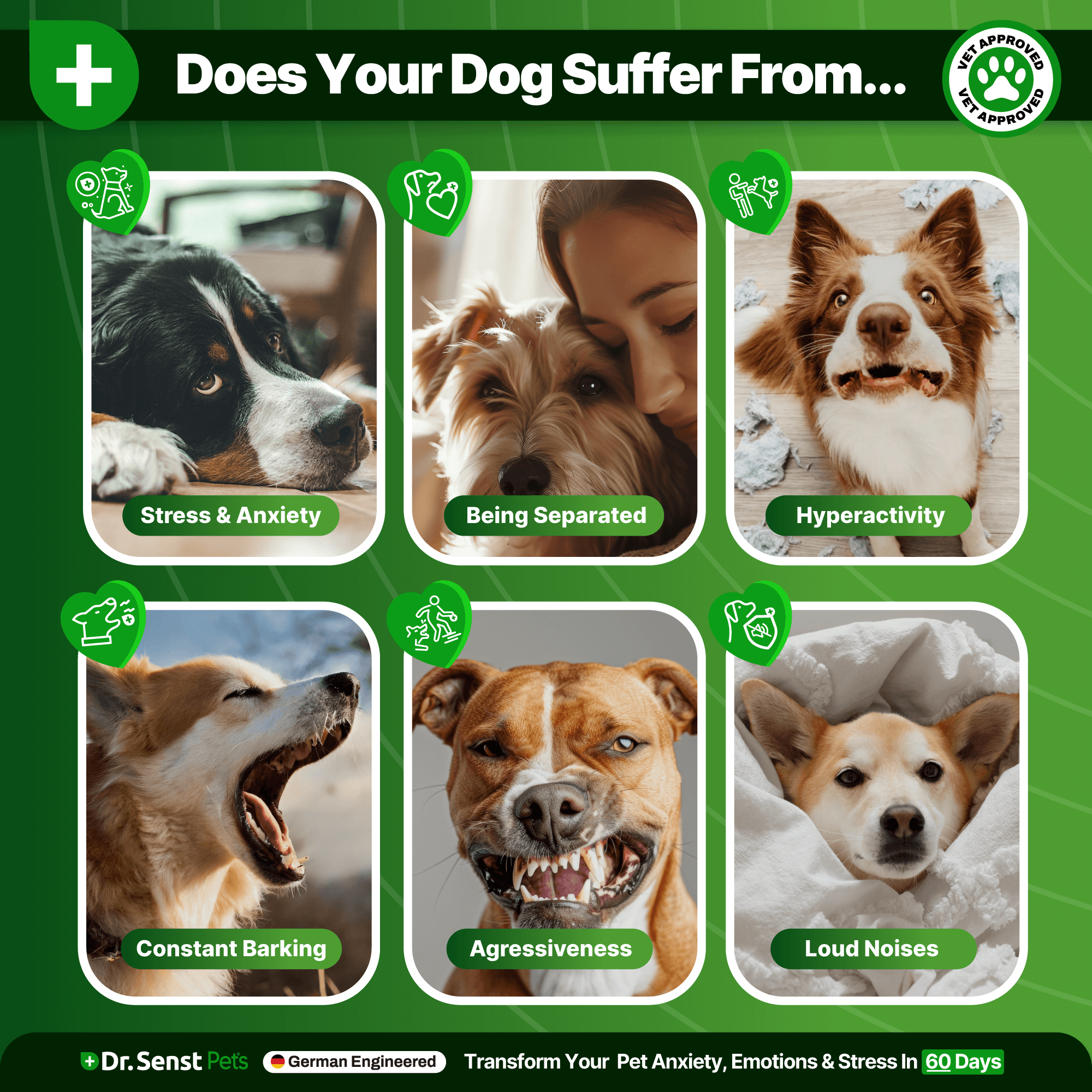
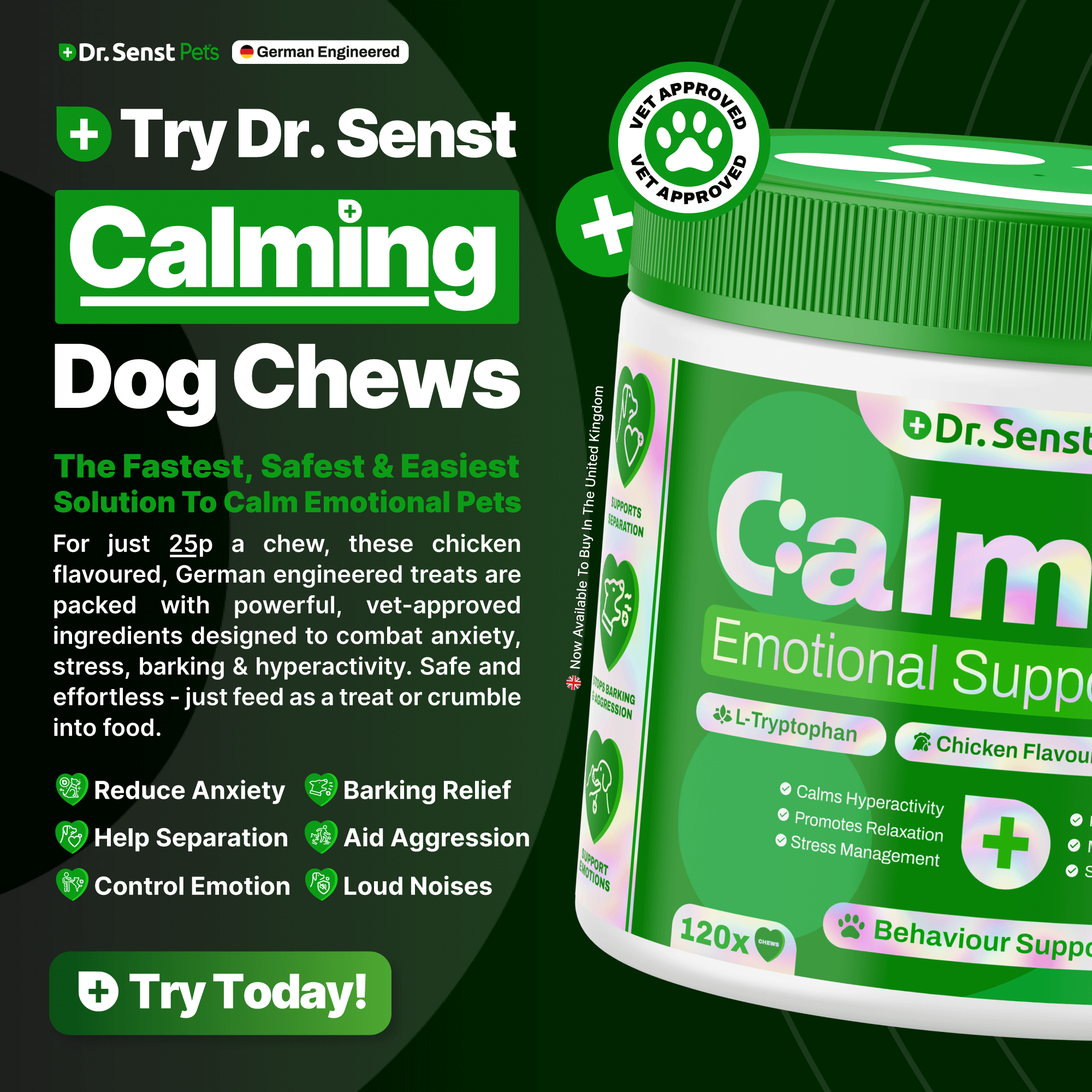
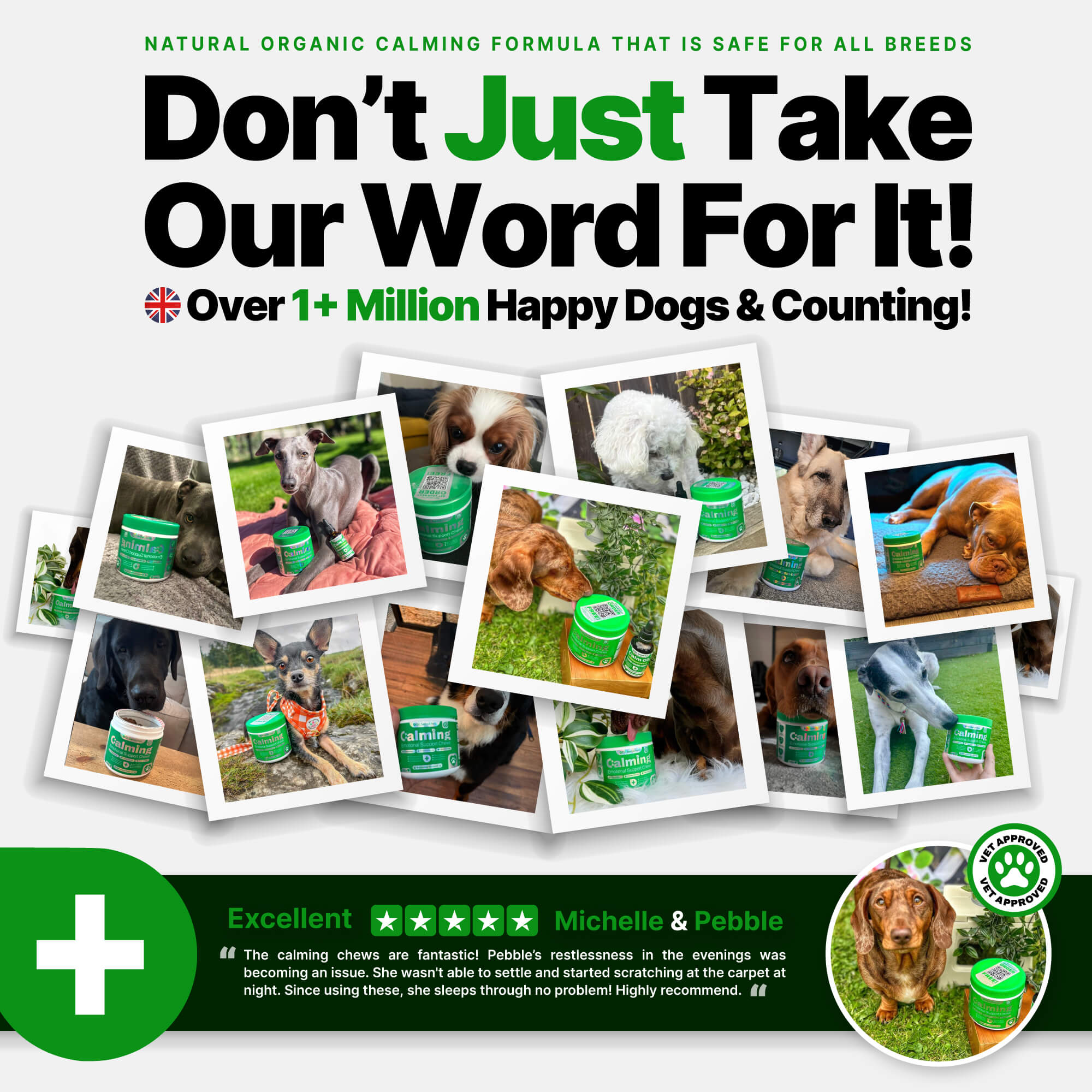



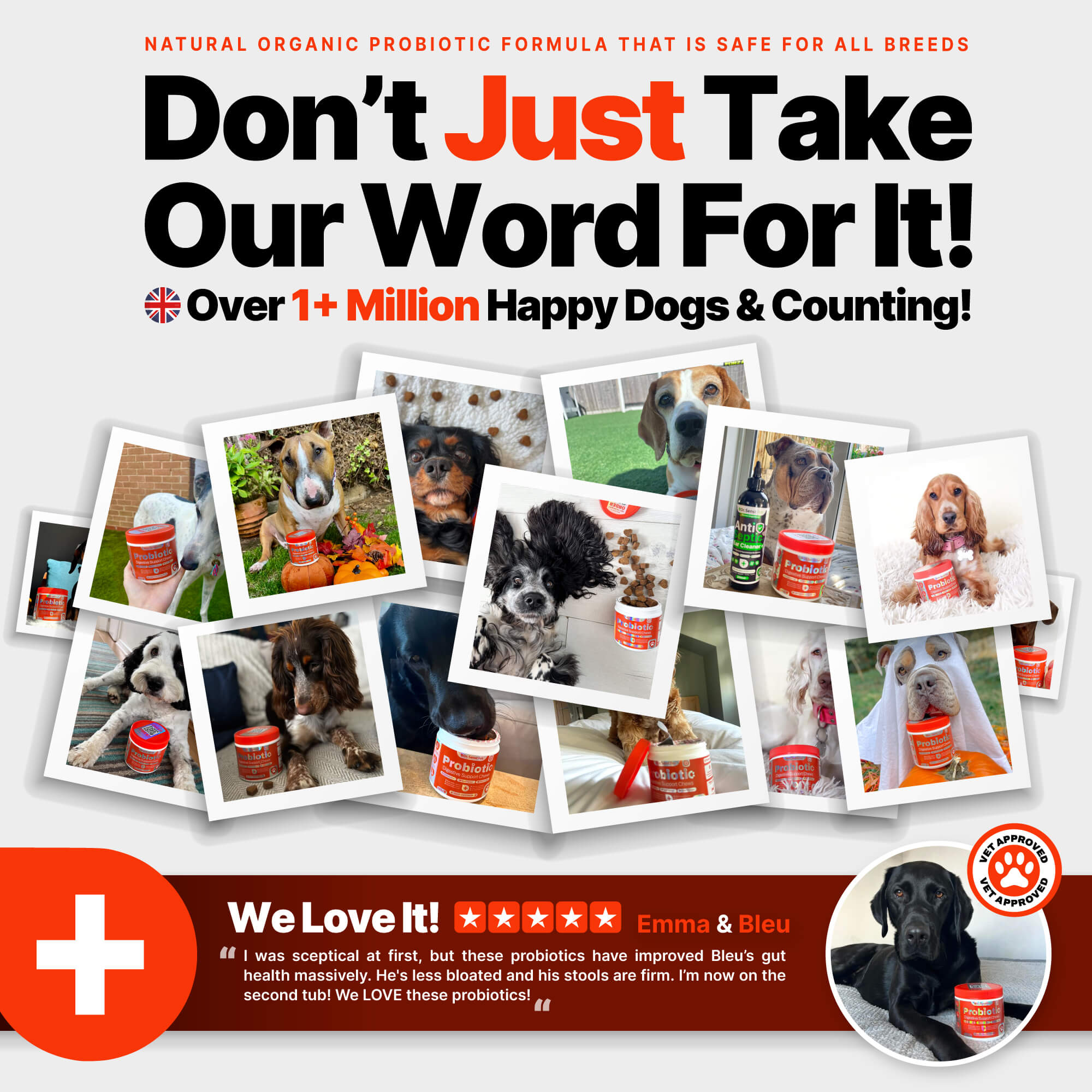








Share:
Why Regular Vet Checkups Are a Must for Your Feline Friend
Identifying Dog Stress: Top Tips to Ease Your Pup’s Worries